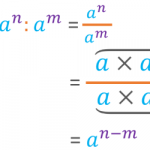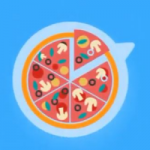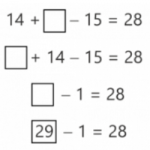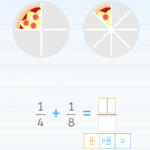May19
Is Self-Control Linked to Health?

Intuitively we all know that the ability to control our behavior, thoughts, and emotions is very important in order to experience a fulfilling and successful life. In today’s society, these skills become essential because of the growing number of distractions and stimulations. Therefore it becomes necessary to have a good system of self-control that allows […]
Continue reading »












